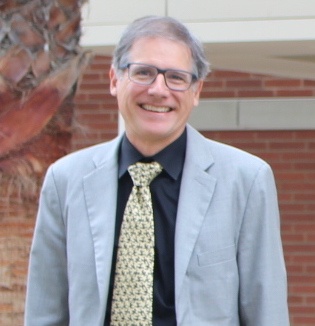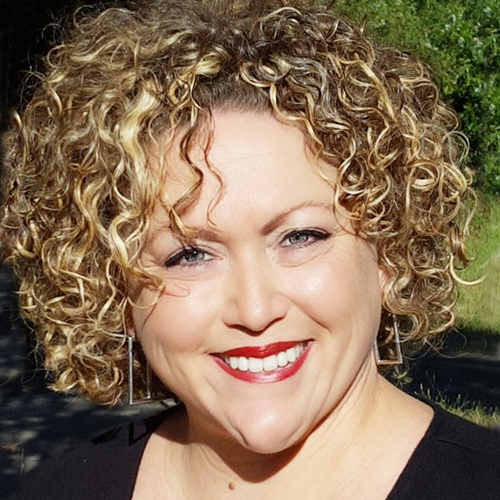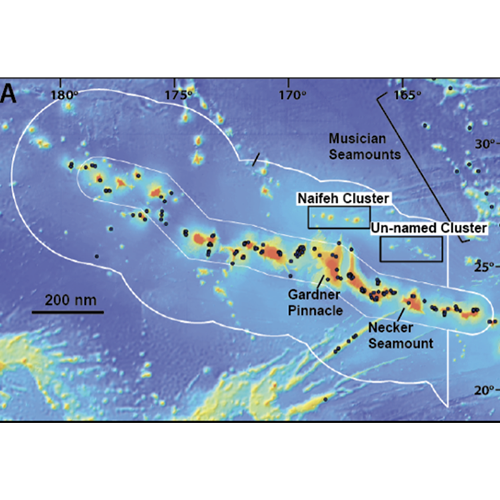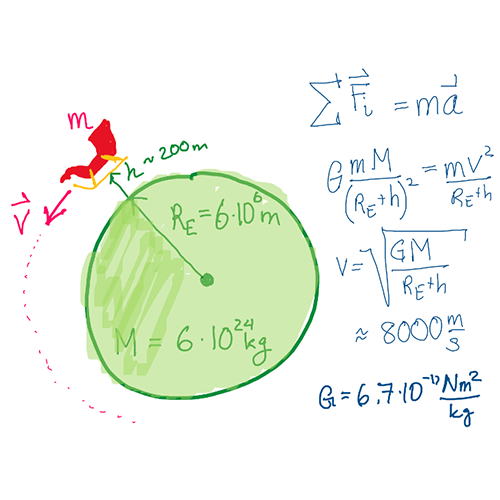CNSM at Home - December 2020
A Message from the Dean

Dear Faculty & Staff,
Congratulations! We've made it to the end of the Fall 2020 semester!
Most terms feel like a half marathon to me, but this one was more like an ultra-marathon.
I am so grateful for everyone's empathy for those around them as well as all of your resilience in the face of monumental difficulties. I know the struggles of the COVID-19 era do not end with the completion of this semester, but this is still a victory to celebrate. Be proud of yourselves and know that I am proud of all that you have accomplished this year.
Let’s put 2020 in our rearview mirror and look forward to the better times ahead.
Even though we are in the midst of a surge in cases, the development and distribution of a vaccine gives us a light at the end of the tunnel. Let’s continue to follow health guidelines and keep each other safe until the vaccine can be widely distributed and take effect.
Finally, I want to wish you a happy, healthy, and restful holiday season. Take this time off to recharge, you’ve definitely earned it!
Thank you for all you have done and continue to do.
We'll see you in the Spring 2021 semester!
Be well, be safe, be just.
Curt
Faculty Feature: Blast to the Past
By: Gabriel Islas

Dr. Andrea Balbas, assistant professor in the department of Geological Sciences at CSULB, is currently studying the timing of Earth's past natural processes to better understand their triggers and controls. Those processes include things like ancient instabilities of Earth's magnetic field, changes in cosmic ray flux to the Earth’s surface, mega flooding events, and deep-ocean volcanism. Her research works to provide a timeframe for these events and understand how long natural environmental changes take, with an ultimate goal of predicting and tracking future events.
I ai"m to understand the past to predict potential changes in Earth’s future," Balbas said.
Balbas mainly uses chemistry found in natural geologic archives to address questions about when these events can occur, how long they will last and what other natural events are contemporaneous.
"I'm particularly excited to develop a student-driven research program that will begin investigating sediment cores recovered from the L.A. basin," Balbas said, "and how they record environmental changes associated with human activity over the past few centuries."
Dr. Balbas is currently funded to find out when volcanic structures in the Papahānaumokuākea Marine National Monument were built. According to Balbas, these deep-ocean volcanic structures were not built in the same process that is currently associated with the Hawaiian islands.

"We hypothesize the magmatism at these enigmatic volcanos [was] driven by deformation of the local Pacific tectonic plate by loading from the massive Gardner Seamount volcanic structure as it grew," Balbas said.
Additionally, Dr. Balbas believes that similar research topics can open many doors for future generations of STEM students who are passionate about hands-on research and eager to learn more about the Earth’s past. She feels that a shared curiosity about Earth is the best way to build relationships with students of all types “So much about our planet it still unknown and this is fascinating to all people that call Earth home.”
In the future, Dr. Balbas hopes to open a scientific museum for kids in the Long Beach community so that K-12 students can participate in hands-on research and hopefully inspire them to look into a future career in geological sciences.
"I have a dream to create a science museum for the wonderful and curious children of Long Beach," Balbas said, "In this design, community scientists will stay in the Long Beach area and earn a living wage at the museum to educate others about the sustainable future for Long Beach and its citizens."
Dr. Balbas' commitment to groundbreaking geological research and community science literacy will give her students of all types and from all backgrounds, present and future, opportunities to engage in exciting research and ultimately harness their unique and valuable contributions to society.
Learn more about Dr. Balbas's research:
- Identification of the short-lived Santa Rosa geomagnetic excursion in lavas on Floreana Island (Galapagos) by 40Ar/39Ar geochronology
- 10Be dating of late Pleistocene megafloods and Cordilleran Ice Sheet retreat in the northwestern United States (PDF)
Ask a Physicist: How Does Santa's Sleigh Fly?
By: Dr. Thomas Gredig & Dr. Galen Pickett
Department of Physics & Astronomy
Santa’s sleigh may work similar to satellites in orbit; the sleigh could be considered in a low orbit. It will stay aloft regardless of mass, if it has the right speed of 8,000 m/s. Due to that low orbit, air resistance will generate some heat and cause a little bit of slow-down – this is where the reindeer come in. Rudolph and company give Santa’s sleigh an extra boost to keep it flying.
Let’s get to the calculations to figure out how this works:

We must also consider some potential Christmas Eve complications through a materials physics lens.
First, maneuvering the combined weight of the sleigh would require a massive amount of force. At a typical speed of 8,000 m/s, the travel time between deliveries is 1 millisecond. With a mass of about 100 kg, the scale of force Santa needs to turn the sleigh between deliveries is a weight of about 200,000 tons.
Santa himself must be even more big boned than he leads us to believe.
His skeletal frame may be made of some sort of adamantium/unobtanium/beskar steel material and consequently, his internal organs must have some special supports to keep from getting squished.
And as for adding gifts to the sleigh?
Let’s suppose Santa only carries gifts for 106 at a time with dumps strategically placed so he doesn’t have to make return trips to the factory, and let’s suppose 10 kg of gifts are allocated per individual.
The thrust required to maneuver a sleigh loaded with gifts would be a factor of 105 higher, or 20,000,000,000 tons.
Santa works hard, but physics works harder.
Or maybe we’re just not factoring in enough Christmas magic.
Have a Happy Holiday Season & a Restful Winter Break!
Stay Safe & Healthy CNSM.





